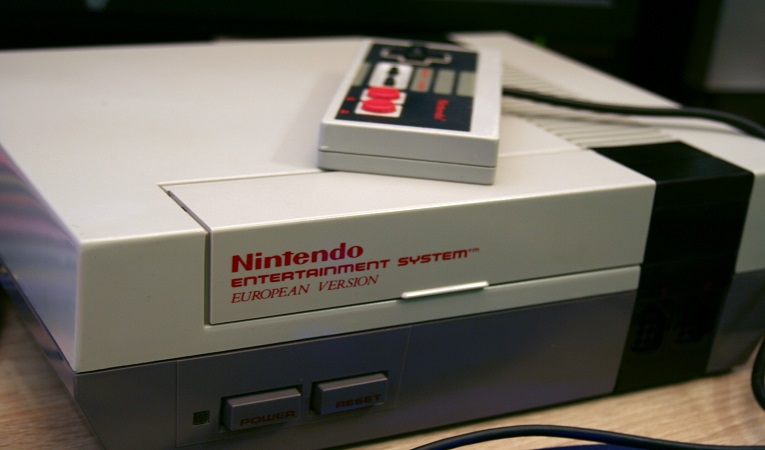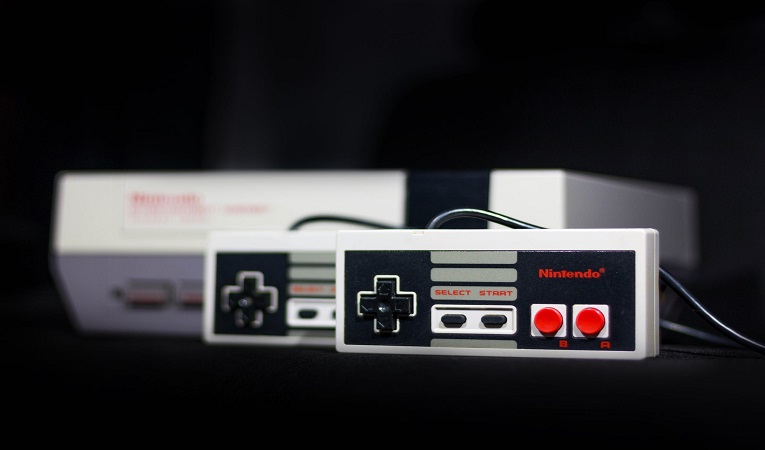
The Sega Dreamcast stands as a symbol of both innovation and untimely demise. Released in 1998 in Japan and 1999 in other regions, the Dreamcast was a gaming console that showcased cutting-edge technology and forward-thinking features. However, despite its initial promise, the Dreamcast faced numerous challenges that ultimately led to its discontinuation in 2001. But first some history about previous SEGA game consoles and how it became a pioneer in the gaming industry. Sega’s first foray into the console market was the SG-1000 released in 1983. Although it faced tough competition from the dominant Nintendo Entertainment System (NES), it laid the foundation for Sega’s future endeavors. Sega’s second console, the Master System, aimed to challenge the NES. While it didn’t achieve the same level of success in North America, it gained popularity in regions like Europe and Brazil. The Sega Genesis, known as the Mega Drive in regions outside North America, marked a significant turning point for Sega. Its focus on “blast processing” and iconic franchises like Sonic the Hedgehog propelled Sega into fierce competition with Nintendo. The Sega Saturn aimed to compete with Sony’s PlayStation and the upcoming Nintendo 64. However, its surprise early launch led to mixed results and strained relationships with retailers. And the legacy of this failure already casted a shadow over the Dreamcast’s prospects.

But none the less, the Dreamcast was one of the earliest gaming consoles to embrace online connectivity as a core feature. Its built-in modem allowed players to connect to the internet, download game updates, and even engage in multiplayer battles with opponents from around the world. Games like “Phantasy Star Online” capitalized on this feature, offering a glimpse into the potential of online multiplayer gaming. The Dreamcast also boasted impressive graphics capabilities, thanks to its advanced hardware architecture. It featured a PowerVR2 graphics chip that allowed for smoother and more detailed 3D visuals than its competitors. Games like “Sonic Adventure” showcased the Dreamcast’s ability to render vibrant and immersive worlds. One of the most unique features for the Dreamcast was GD-ROM, which could hold more data(1.2GB) than traditional CDs. This enabled developers to create larger and more complex games with extensive multimedia content. Sadly enough for SEGA and it’s fanbase, all these great features would soon evaporate with the announcement of the PlayStation 2 and Xbox, both of which promised technological advancements and multimedia capabilities, overshadowed the Dreamcast’s features. Although the Dreamcast met an early demise, its influence on the gaming industry is undeniable. The Sega Dreamcast remains a bittersweet chapter in gaming history, showcasing the delicate balance between technological innovation and market realities. Its futuristic features and pioneering efforts paved the way for advancements in gaming, while its challenges served as cautionary tales for the industry. The Dreamcast’s legacy is not just a tale of what could have been, but a testament to the dynamic nature of the gaming landscape and the indelible mark it leaves on players and developers alike.














